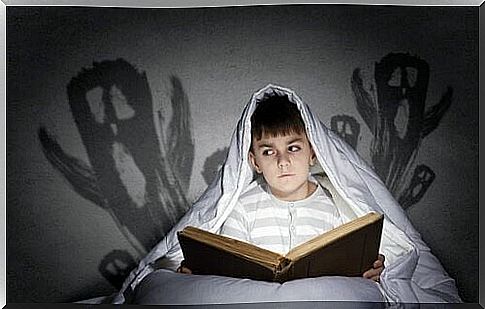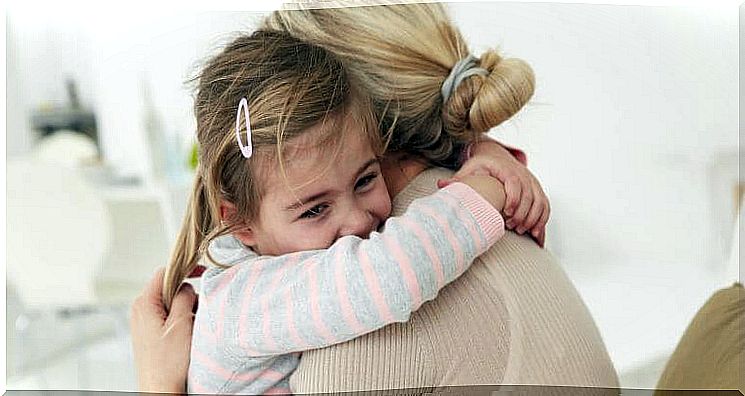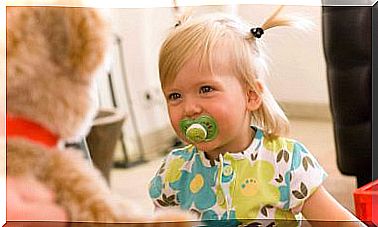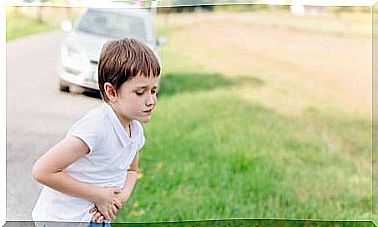How To Overcome Fears As A Child

Children can often feel small and vulnerable when they notice how big the world is. It is quite normal for them to feel scared.
But how can we deal with fears as children and how can we help them? What are the most common fears among children? And at what age do they occur?
Fear is a universal feeling. Regardless of gender or age, it is something that is always there. Darkness, sound, dangers; There are many things and situations that can affect.
If we experience it as adults, think about how much the children experience it. They often cannot distinguish between reality and fantasy and they are often vulnerable to the unknown. Children’s characteristics, personalities, surroundings and experiences affect their fears and how they respond to them.
Fears during childhood usually arise after the age of 6-12 months, and they become stronger between the ages of 3 and 6. But what can we do to help them? We must first and foremost treat them with love, understanding and patience. Only then can they learn to face their fears and overcome them.
What are fears during childhood?
Something important to keep in mind is that fears during childhood do not last forever. As children grow and develop, they can learn to overcome them. Some may affect their development, but common fears help them to be more alert in life.
Many children experience their first fears when their parents separate. Contact with strangers can also be a trigger. However, there are many more.
Here are some common fears among children:
Fear of the dark
Stories about ghosts, witches and supernatural themes are not suitable for young children. You should therefore be careful about everything you tell and show them.
Moving to a new place, such as a new apartment, a new room or a new house can give rise to similar feelings. This can also lead to other fears, such as the fear of sleeping alone. Leave the light on, comfort the child and you will see that the fears disappear in the end.
Fear of animals
There are animals all around us. Dogs, cats, snakes, spiders, fish, etc. and some are also considered members of the family. To children, however, they can be strange and potentially harmful creatures. It is not uncommon for them to start crying when they first see them. They need to get to know them a little at a time.
Even when they are small, it is good to show them photos and videos of different animals. You can tell fairy tales and help them approach the animals a little at a time. Encourage them, but always do it naturally, without forcing them. Their safety is also a priority.

Fear of rain, thunder and lightning
These forces of nature are common, so it is important that children get used to them. Let them experience rain and storms. Make sure all doors and windows are closed. Explain the surrounding environment to them – they should see this as something completely normal.
Other fears according to children’s age
Children’s fears vary as they grow and their physical and cognitive characteristics change. Not all children handle them in the same way, even if they are the same age. A parent’s duty is therefore to learn to recognize them and help the child get over them.
Fears during childhood should not cause too much anxiety, but they should also not be used to “protect” or punish children. Pretending to control such behavior can be counterproductive. It is best to get informed and seek advice if you think these fears have become too common.
Here is a list of common fears among children by age:
- From 6-12 months. The child may feel anxious due to lack of balance, people outside the immediate social circle, separation from the parents, noise, bright lights, falls and visits to the doctor.
- From 2 years of age. The child may be afraid of the dark, animals, wounds, the unknown and being away from the parents.
- Between 3-4 years of age. This is a stage where fears can increase markedly. Children’s imagination often makes them afraid of monsters and the darkness. They may worry that their parents’ threats will become a reality. And they may begin to worry about death.
- Between 5-7 years of age. They may be afraid of being rejected, making mistakes, people with strange looks, physical injuries and supernatural beings. They still hate being separated from their parents.

Some final advice
We need to listen to our children. Approach them with confidence and love, and help them gradually respond to their fears. It will be very helpful if you can raise their self-esteem and make them feel more independent.
It also works to set a good example, but humor always works best. You can turn these fears into jokes, drawings and laughter to reduce your child’s stress and anxiety.
However, one should never ignore children’s fears. Under certain circumstances, they can be indications of difficult situations that they are going through. You should never mock them or compare them to the problems of others.









